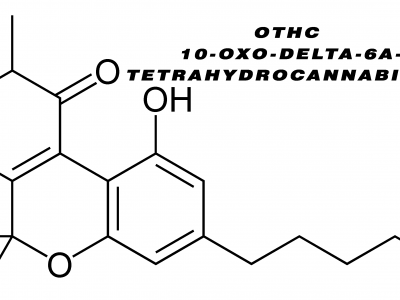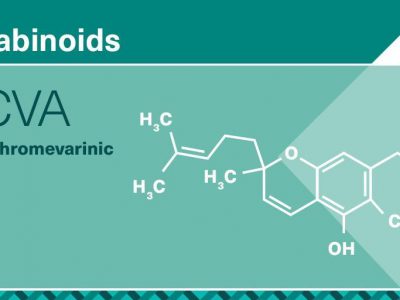Cannabielsoin – 365 is the Break down of CBD

First noticed in the year 1983, by the researchers at the Ohio State University, CBE – Cannabielsoin forms Cannabidiol through the metabolic process that makes it a metabolite.
When the compound was first mentioned, later on, the team of researchers from Hokuriku University – Japan, further studied CBE as they were particularly interested in the biological formation mechanism of it.
We already know that CBL is a degradation product and it is formed when the light comes in contact with the cannabis plant. Both of these compounds belong to the complex class of cannabinoids.
Until now we haven’t observed any distinctive or particular pharmacological use of both CBE and CBL but what we know and we must understand is how CBE is formed in the cannabis plant or in the human body.
What different studies have to say about CBE?
To speak of CBE, the study in 1983 observed suspension cultures of Saccharum officinarum and Cannabis sativa which indicates that cannabinoid appears under regular growth conditions of CBD with regards to these crops.
Then in the year 1988, another study thoroughly analyzed the CBD metabolites using two distinctive techniques known as gas chromatography and gas chromatography-mass spectrometry. The study found that CBE – Cannabielsoin was first formed from Cannabidiol as the new metabolite.
As per the study, Cannabielsoin was found in the guinea pig liver who was intraperitoneally administered CBD, at least an hour before slaughter. The compound had little effect on the temperature of the body and sleep induced through pentobarbital.
After one year, the same researchers’ team proposed that CBD is biologically an intermediate compound that immediately converted to Cannabielsoin – CBE. The study was conducted with the purpose to fully understand and determine the Cannabielsoin formation mechanism. The team of researchers also observed the formation process in the rat, guinea pig, rabbit and mouse in vitro.
The formation of CBE by guinea pig liver microsomes required molecular oxygen and NADPH, and was inhibited with metyrapone and α-naphthoflavone, SKF 525-A, indicating cytochrome P-450 (P-450) participation.
The activity of CBE formation was found highest in the guinea pigs and then mice, rats, and rabbits. When it comes to rats, there was the sex difference in the formation of CBE (male>female). In addition to CBE, another compound CBDM – CBD monomethylether was also biotransformed to CBEM – monomethylether in the guinea pig in vitro and vivo.
Nonetheless, Cannabielsoin – CBE is the non-psychoactive cannabinoid that is derived from Cannabinoid – CBD. It is formed by metabolism of CBD or CBD exposure to the elements. There is no much information about the CBE and the compound is yet to be studied further.
The major limitation in the research work of these compounds of cannabis plant is the ongoing debate of legalization of marijuana. Since the psychoactive compounds are not yet legalized, despite having medicinal benefits, as a result, there is a limitation on the research work done for non-psychoactive compounds as well.
Before we can further know about CBE and its distinctive effects on the human body, we first need to openly and fully allow the research work on this unique plant including tests on the human body.






